Mount Humboldt
Fast Flight Facts
Target Species: Gray Vireo, Black-chinned Sparrow, and Scott's Oriole in spring/summer; Sage Thrasher, bluebirds, Townsend's Solitaire in winter
Elevation: 3500-5200'
Habitat: Upper Sonoran Desert habitat with desert scrub and juniper filled hills
Overall Birding Rating: 4
Difficulty: 1-3 (Easy to Moderate)
Birding Type: Get Out and Scan, Car Birding, Easy to Moderate Hiking
Facilities: Parking pull offs in many spots
Fees/Ownership: None /Tonto National Forest
Closest Town or City/How far from Phoenix: Cave Creek /40 miles northeast of Phoenix
Getting there: Reached from a narrow paved road to the summit off of Seven Springs Road
Overview: One of the more scenic places in Maricopa County lies at the summit of Mount Humboldt. This 5000' mountain towers over the surrounding area and offers breathtaking views once at the top of the mountain. The drive to the summit is a rather easy and relaxing route on a one lane paved road. Good birding opportunities will present themselves at all times throughout the year along the stretches of the road. This road will take the birder through Lower and Upper Sonoran Desert habitats. Starting at this road, one will drive through brushy areas with cacti and desert scrub. Continuing on the road and further up juniper habitat will quickly increase as the Upper Sonoran habitat is reached. Although the summit of this mountain and road have the best views of the area, the entire stretch is actually very beautiful with scenic views leading up to the summit.
In spring and summer, Mount Humboldt is a good place to look for Gray Vireo and Scott's Oriole throughout the road to the summit. Black-chinned Sparrow can be found in spring and summer also within the last half-mile to the summit. The months of winter are also one of the best times to visit and bird Mount Humboldt. Large flocks of Western Bluebirds are present, often with Mountain Bluebirds in the mix. American Robins are also here in high numbers during the winter months. Townsend's Solitaires favor the spots with more junipers. This is also a great area to look for Sage Thrashers in the grassy desert scrub mix, and Crissal Thrashers can often be found year round. Look through the abundant sparrows in the winter months, as well as Rufous-crowned and Black-throated Sparrows and Canyon Towhees year round. Western Meadowlarks can also be found in good numbers during the winter where it is rather grassy in spots.
Birding Tip: Mount Humboldt is an easy drive to the summit, especially because the four mile route is on a paved road. However, some of the road has rough patches of holes, so watch out in some places because the road can be a little rough in spots. A good technique to birding Humboldt would be to park the vehicle off the road (there are many pullouts) and walk a few miles along the road birding. This will increase chances of seeing and hearing more species and it is highly recommended!
Directions: From the east side of the loop 101, take the Pima Road Exit and then Pima Road north for 12 miles until the intersection of Pima and Cave Creek Roads meet. Then take Cave Creek Road east for four miles until the road turns into Seven Springs Road. It becomes Seven Springs Road after the turnoff to the Cave Creek Ranger Station, which is where the daily passes may be purchased. Once it becomes Seven Springs Road, head north for 9.6 miles (after a short distance it becomes all dirt road) to the turnoff to the road that leads up to the mountain. The road is unsigned but named on maps as East Slate Highway 562. The turnoff to the road that leads to Mount Humboldt will be on the north side of Seven Springs Road. It is a noticeable paved road. On another note, mile markers on Seven Springs Road correspond to the mileage when Cave Creek Road first turns into Seven Springs Road. This makes things a lot easier for birders, as they can easily follow the mile markers. The turnoff to Mount Humboldt will be between mile markers 9 and 10.
Pages:
Mount Humboldt Maps
Scenes and sights from Mount Humboldt:
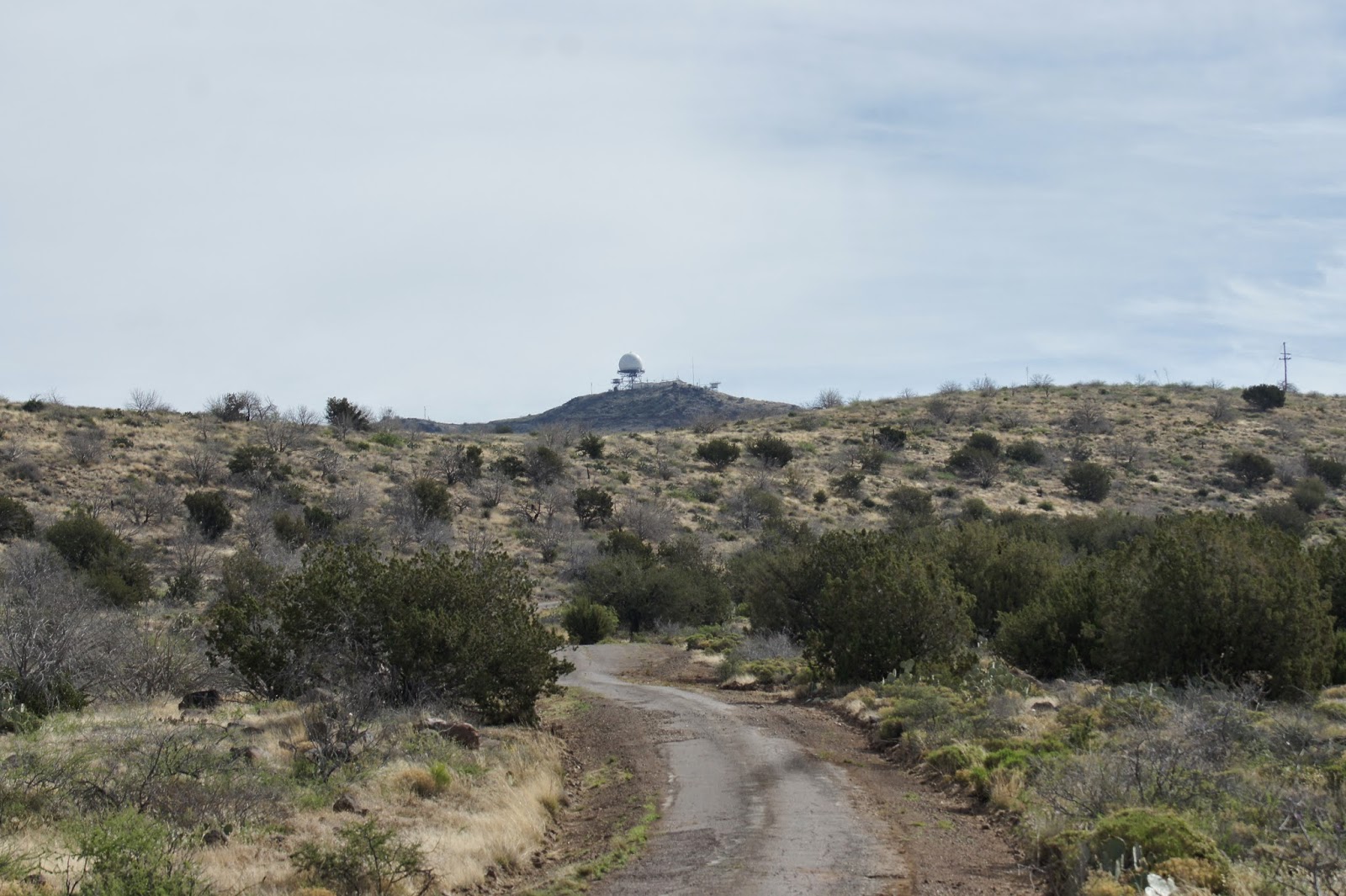
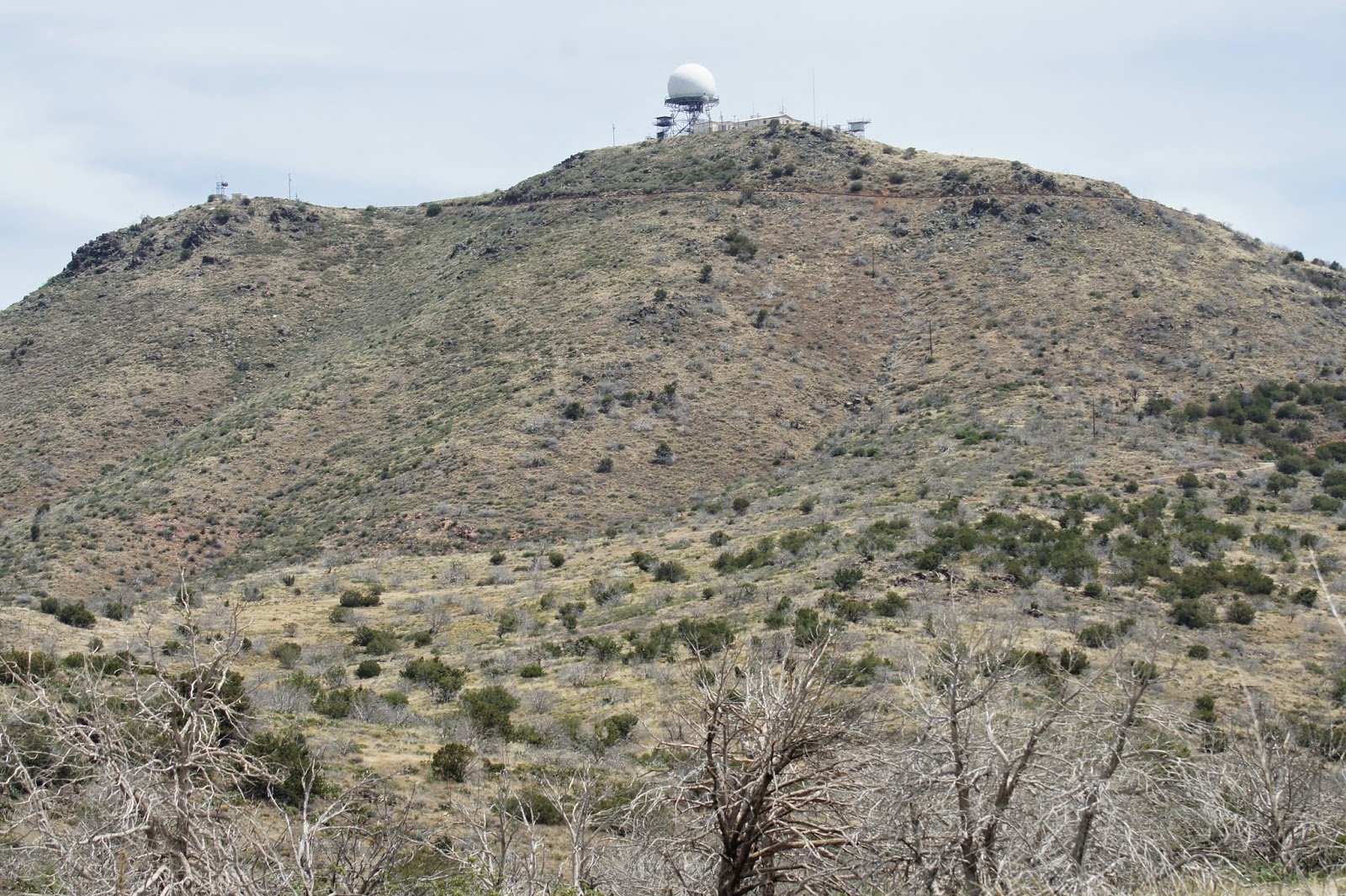
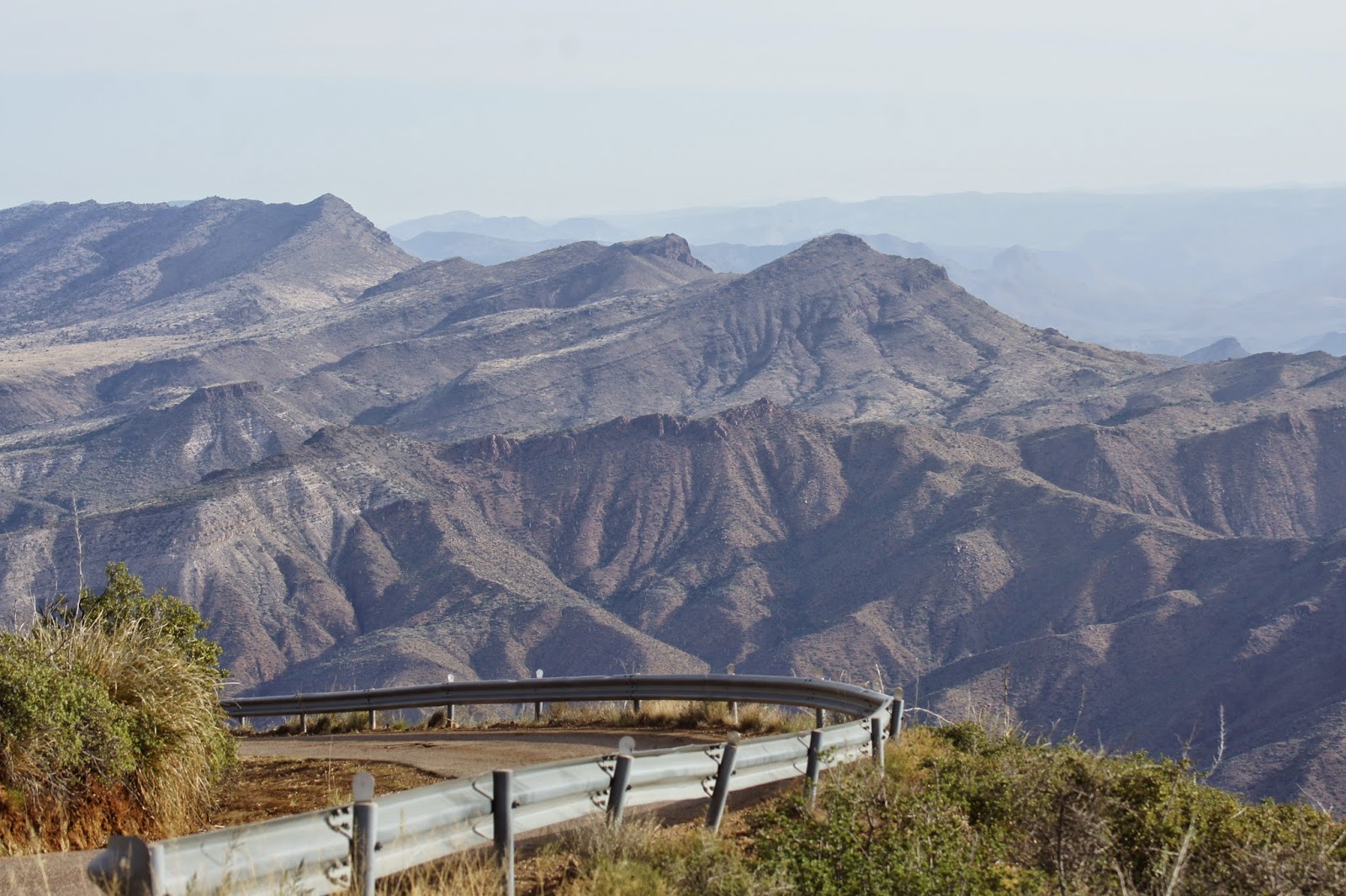
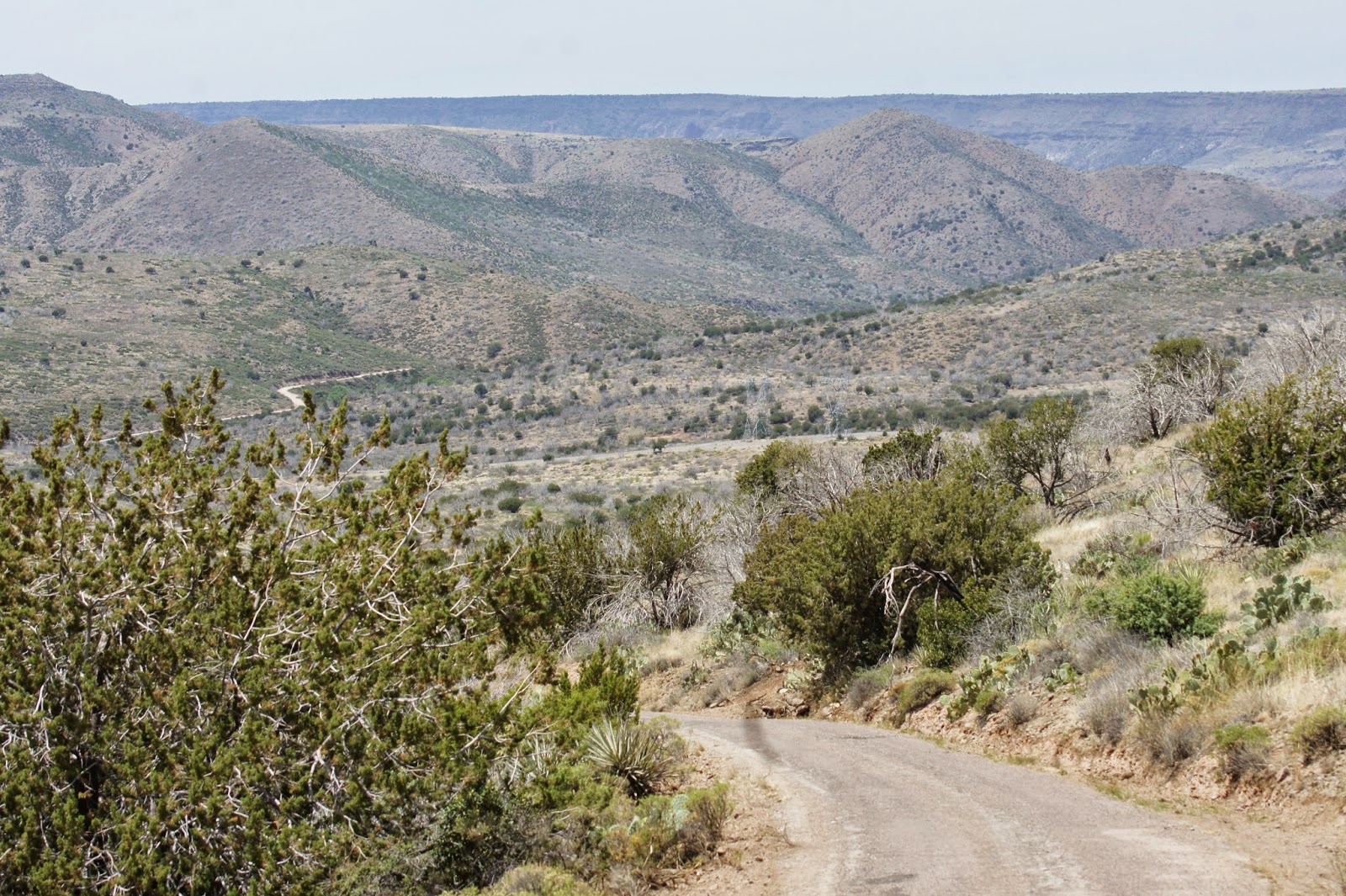
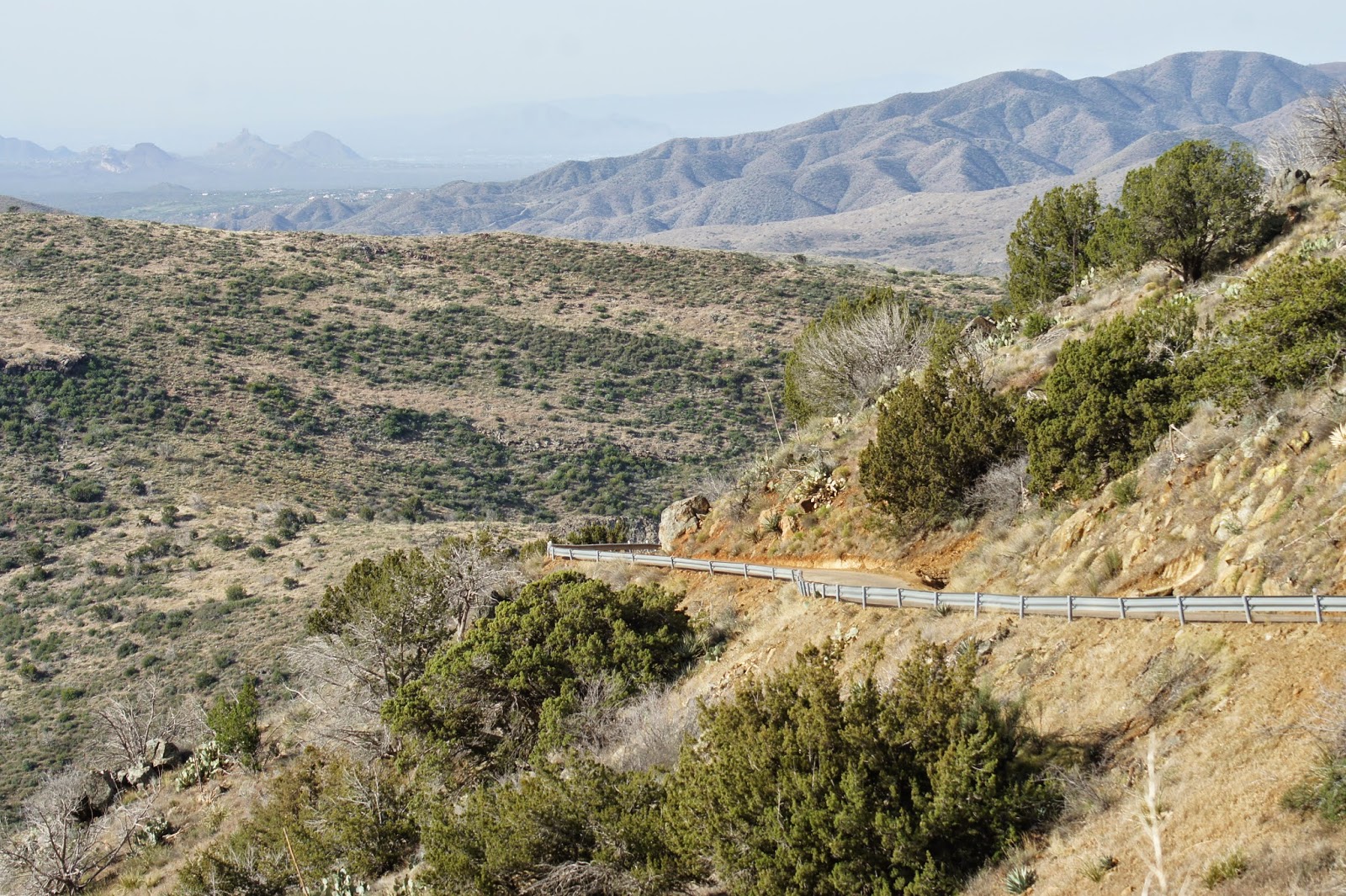
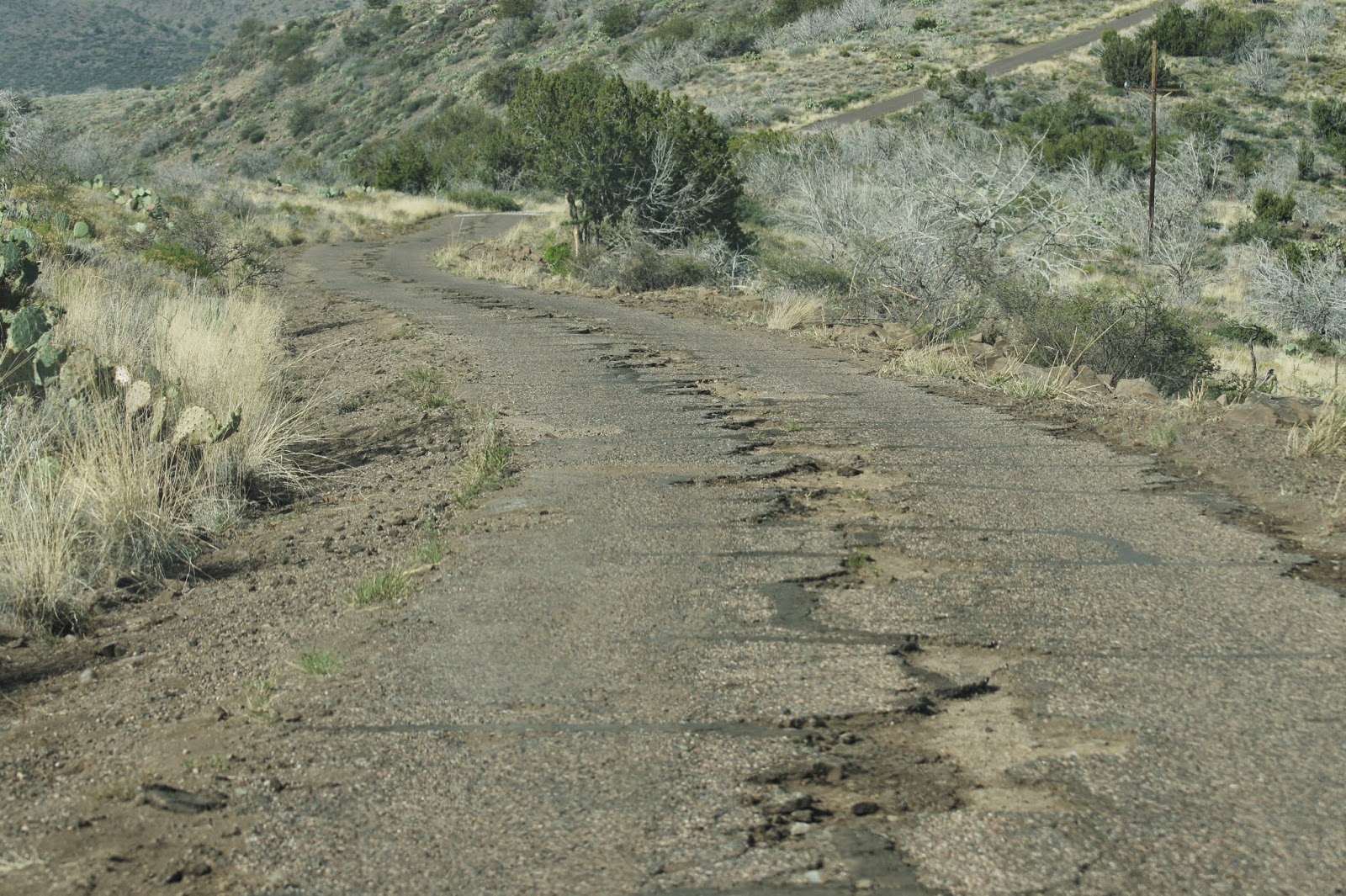
Birdlife of Mount Humboldt
Scott's Oriole
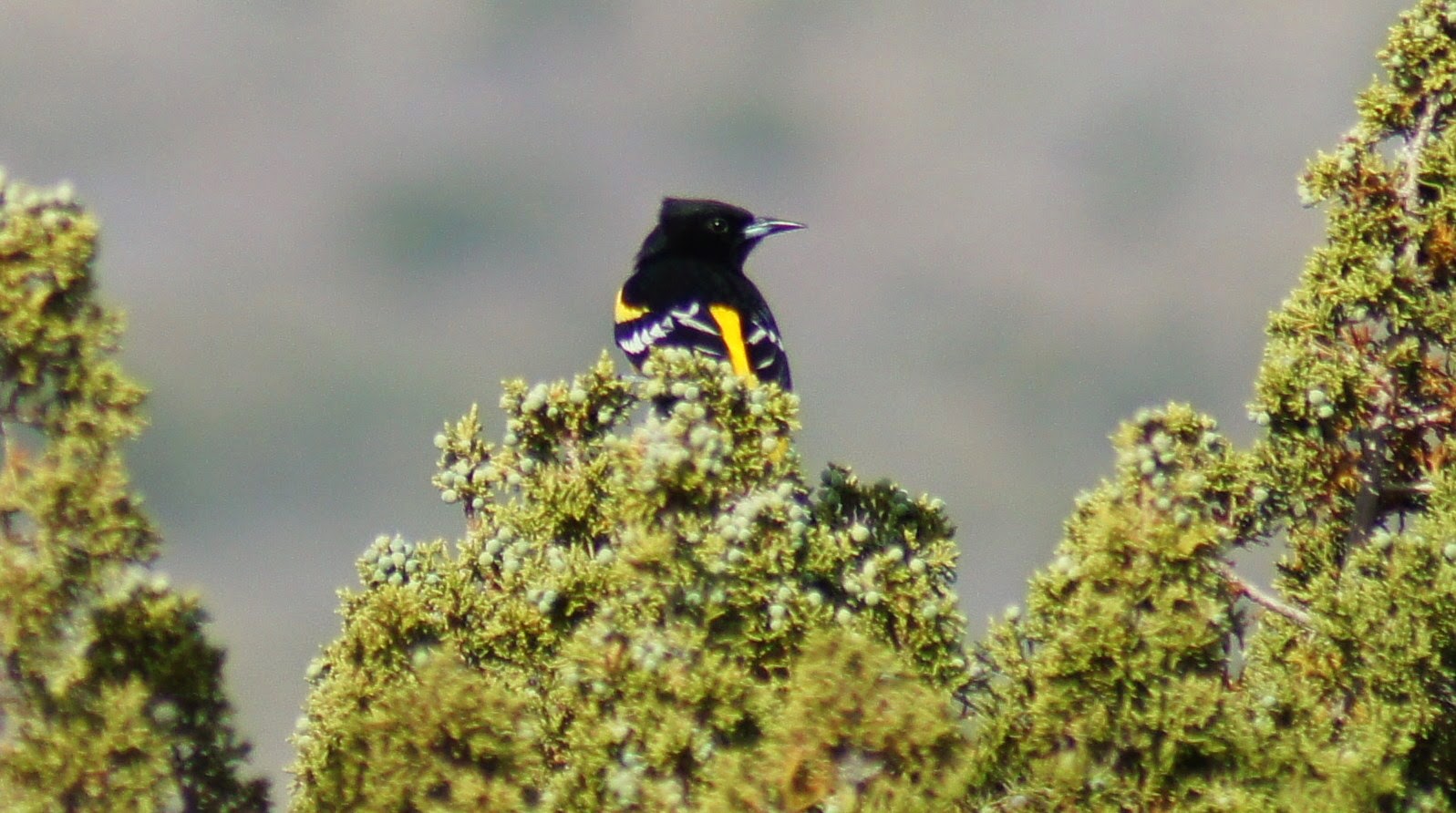
Rufous-crowned Sparrow
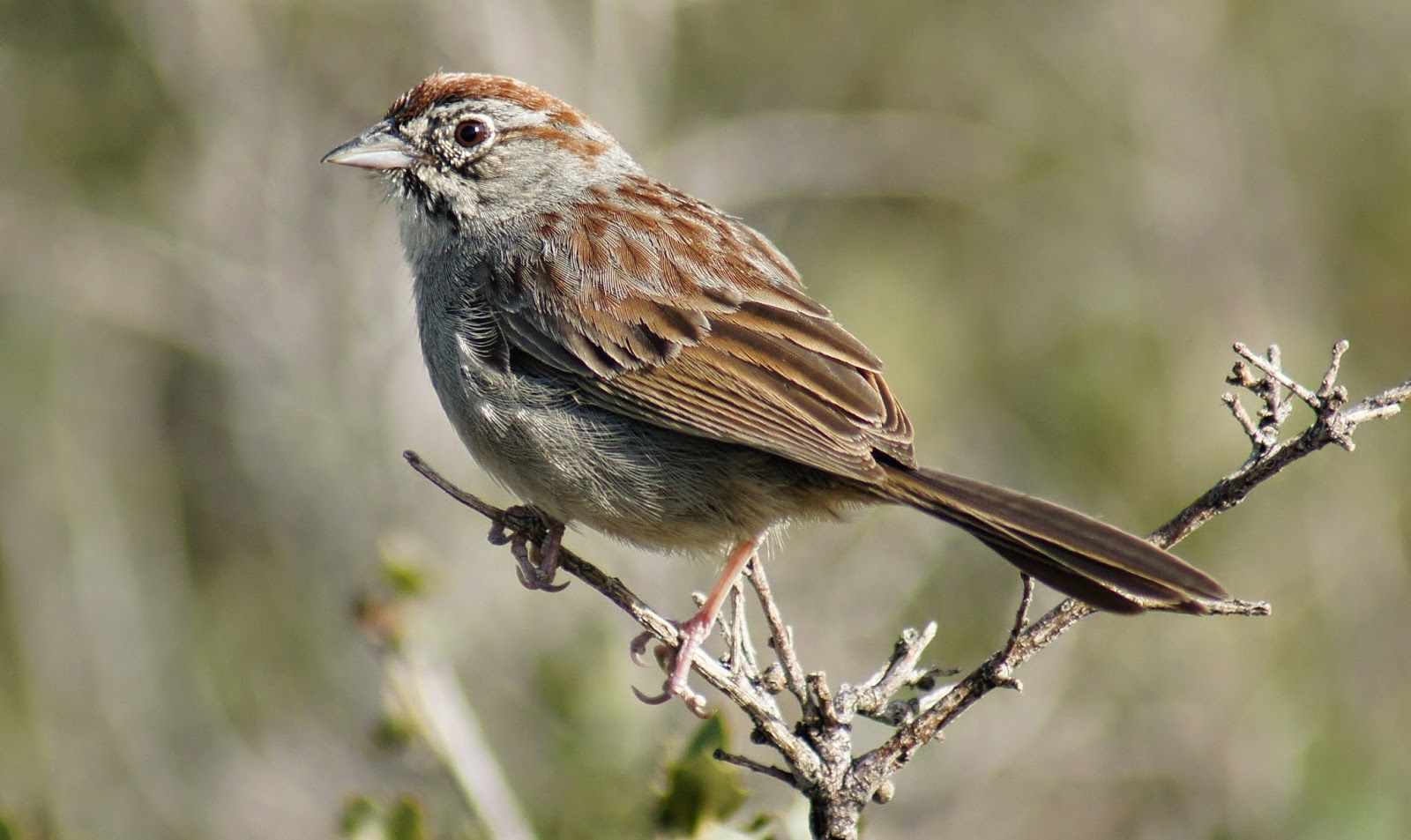
Gray Vireo
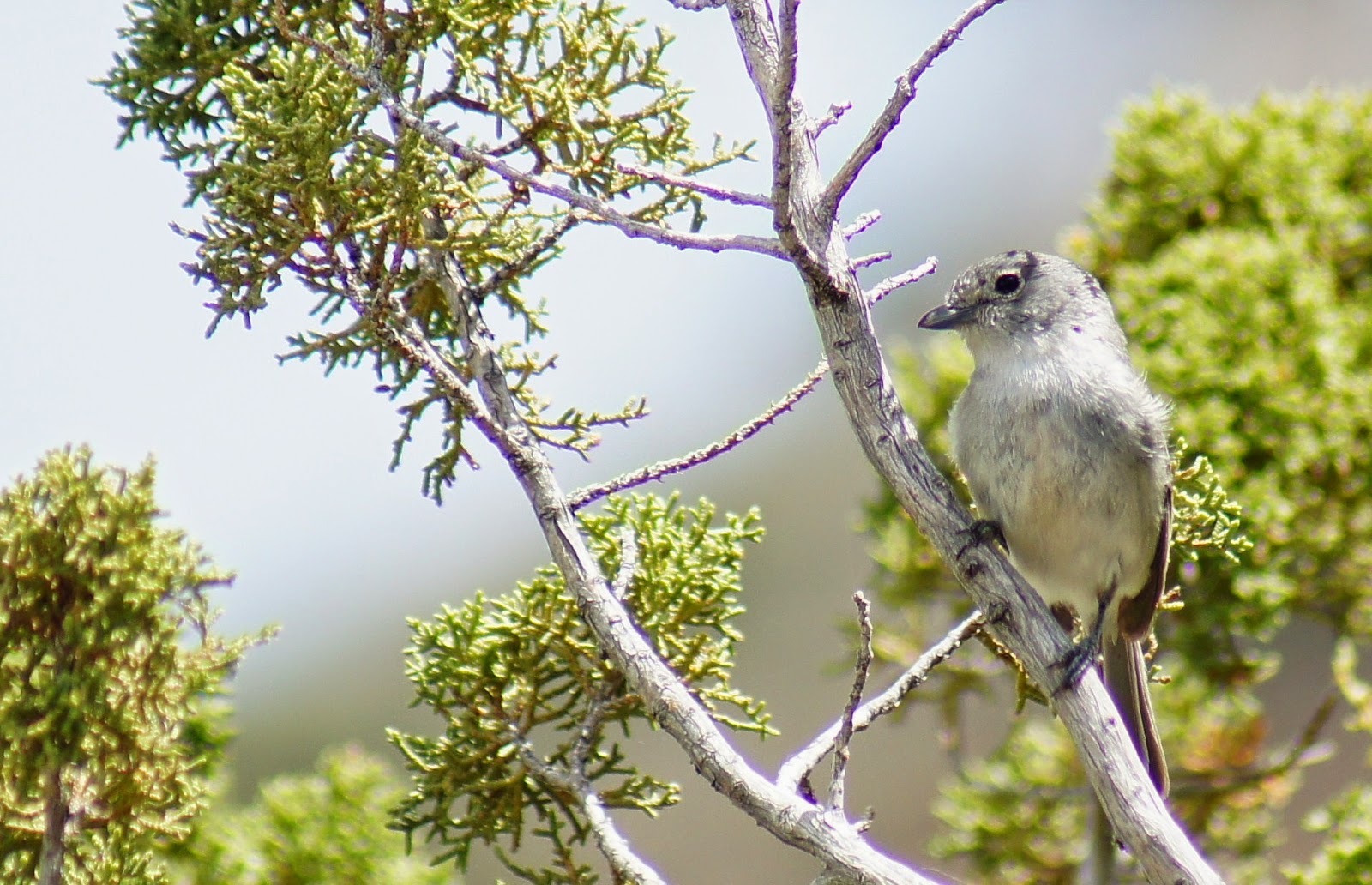
Black-chinned Sparrow
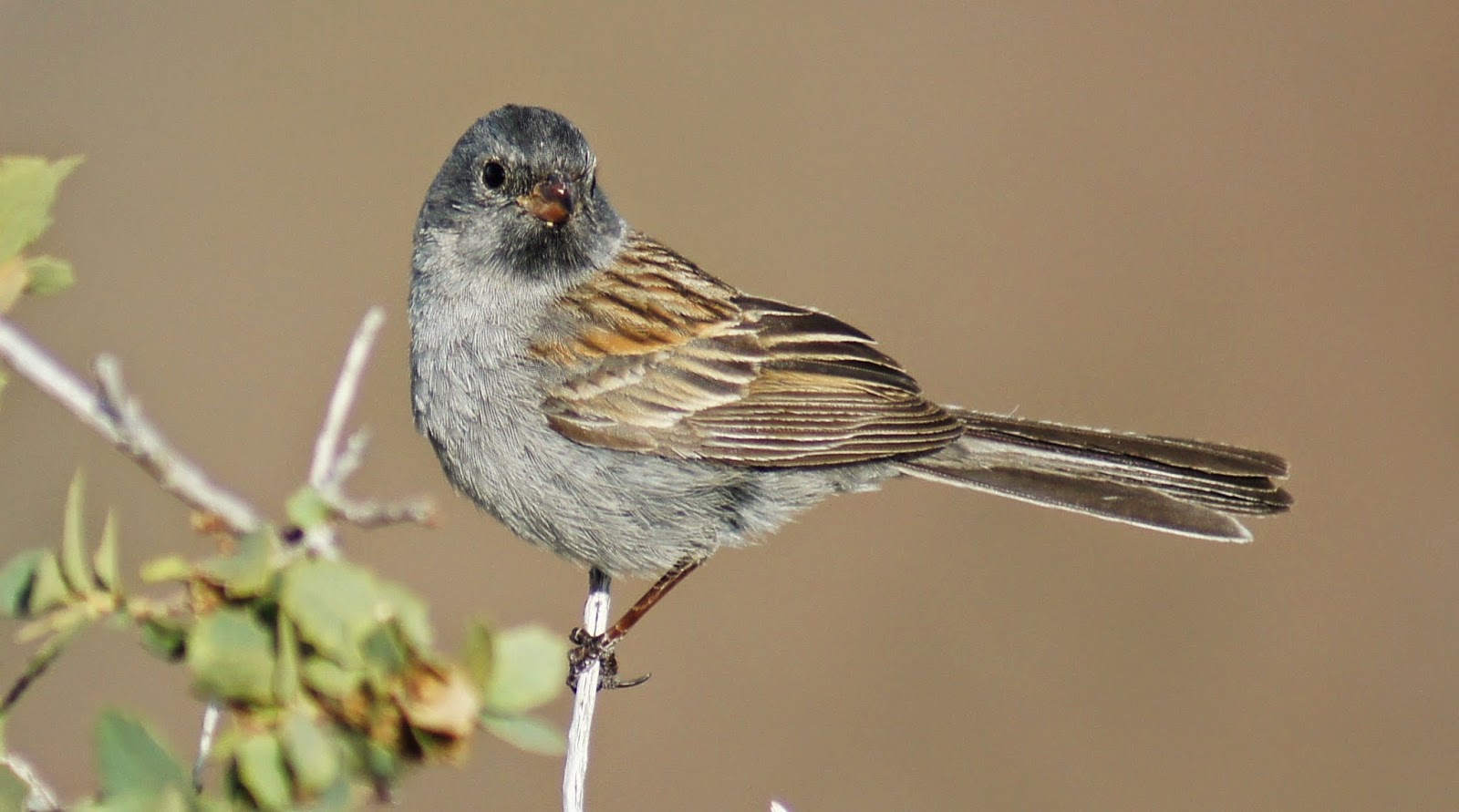
Back to Area 11-Cave Creek | 